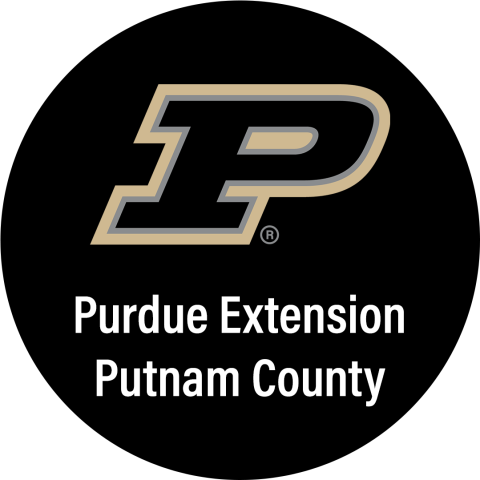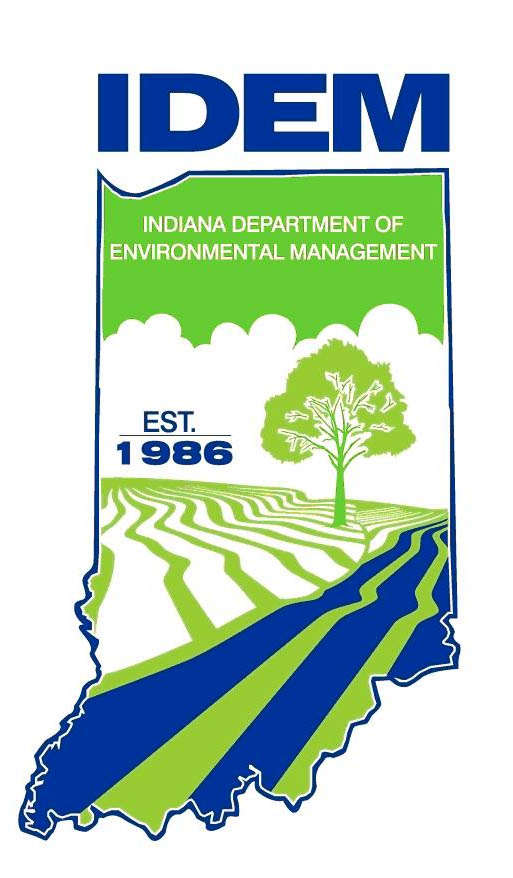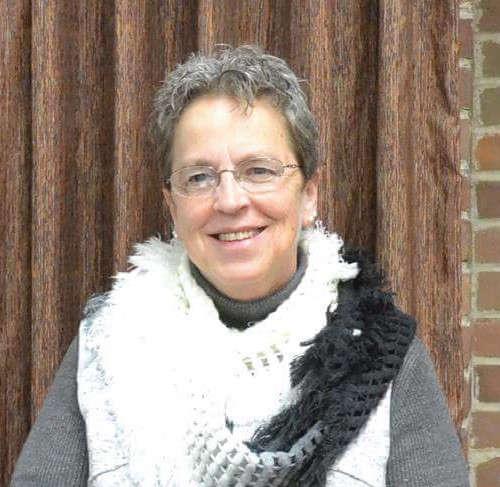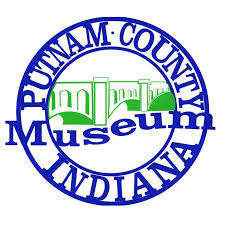
During the summer, Purdue Extension handles a lot of issues that landowners face. These issues range from insect problems, plant problems, nuisance wildlife, and pond problems. When it comes to pond issues, most of these problems are algae and pond weeds.
There are three main types of algae. The first is microscopic algae (commonly thought of as blue-green algae). It appears to look like a swirl of green or yellow-green oil floating on top of the pond. Microscopic algae often occur when there is an abundant of nutrients. To control this problem, it is best to prevent excess nutrients from entering the pond.
Mat-forming algae is the second type of algae. It is commonly referred to as moss. It will grow in mats around the edges and bottoms of the pond starting in the spring. The final type of algae is Chara. Chara is often a calcified, brittle plant that is rooted. Most algae problems can be controlled by using copper products. However, you should not use copper products if there are trout or koi found in the pond.
Duckweed and watermeal are two free-floating plants that can wreak havoc on a pond. These two plants are extremely small (duckweed is 1/8 to ¼ inch in diameter). You can tell these two plants apart by looking for roots. Duckweed has small roots that hang in the water while watermeal has no roots. Both of these plants can completely cover a pond and cause oxygen depletion to occur.
Waterlilies, watershield, and American pondweed are three examples of rooted-floating plants. Each of these plants have underground stems, call rhizomes, from where new plants sprout. The leaves and flowers of these species then float on top of the water. American pondweed has long slender leaves that are 2 to 3 inches long. They will then be attached to their roots by long petioles. Waterlilies and watershield are similar in appearance. However, you can tell them apart since watershield has smaller leaves and petioles that are attached in the center of the leave.
Individuals with pond problems are welcome to contact Purdue Extension to schedule a site visit or submit photos for identification (send to smith535@purdue.edu). Once you have the issue identified, we can discuss control options and if an aquatic herbicide should be used. Please remember whenever utilizing an aquatic herbicide, you need to read and follow all label instructions.
For more information regarding this week’s column topic or to RSVP for upcoming events. It is always best to call first to assure items are ready when you arrive and to RSVP for programs. While many publications are free, some do have a fee. Purdue University is an equal access/equal opportunity institution. All times listed are Eastern Time.
Upcoming Events:
June 15 – “What’s the Deal with Diets?” program, free, 5pm, Fairgrounds, register at 765-653-8411
June 15 – YQCA Putnam 4-H, 1pm, register https://yqcaprogram.org/
June 17 – Summer PARP, 9 am, Fairgrounds, register at 765-653-8411
June 27 – YQCA Putnam 4-H, 6pm, register https://yqcaprogram.org/
July 12 – Forest Management and Selling Timber webinar, 12 pm, register at
https://women4theland.org/upcoming-events
July 22-29 – Putnam County 4-H Fair


 IDEM offers elementary school classes to celebrate Earth Day
IDEM offers elementary school classes to celebrate Earth Day
 Kandee Cook to serve as GIANT fm account executive in both Rockville and Greencastle
Kandee Cook to serve as GIANT fm account executive in both Rockville and Greencastle
 The Putnam County Museum announces Sunday opening hours
The Putnam County Museum announces Sunday opening hours

